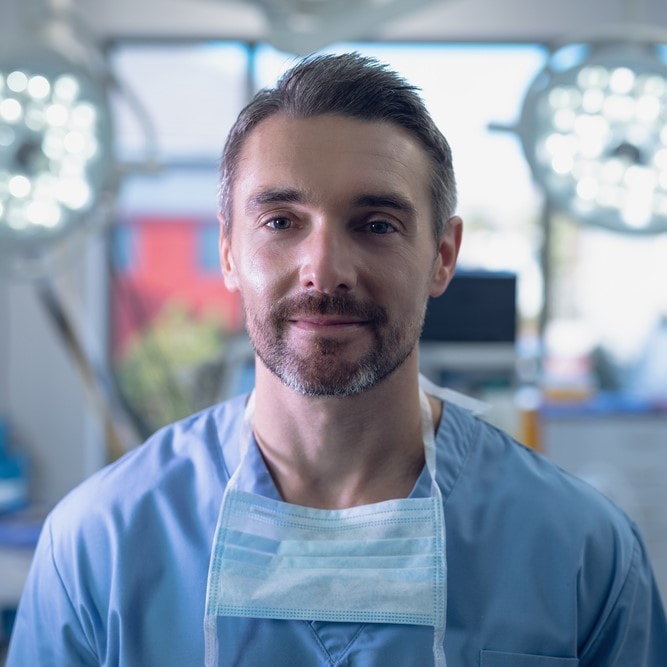Pronounced as show-grins, Sjögren’s syndrome is an autoimmune disease that is estimated to affect as many as four million Americans. Sjögren’s syndrome can be difficult to diagnose due to the complexity of the disease, but the two most common symptoms that patients experience are dryness of the eyes and mouth.
Causes and Symptoms
Sjögren’s is caused when white blood cells in our bodies called lymphocytes attack the glands that are responsible for producing moisture, primarily the tear and salivary glands. The sinuses, airways, and vaginal tissues can all be affected as well. In addition to dry eyes and a dry mouth, those affected by Sjögren’s might also experience one or more of the following less common symptoms:
- Joint pain, stiffness, or swelling
- Fatigue
- Vaginal dryness
- Dry skin or skin rashes
- Brain fog
- Headaches
- Swollen or painful glands
- Dry nose
- Dental decay or cavities
- Vision problems
- Tingling
Sjögren’s can also cause the dysfunction of multiple organs and the central nervous system. There is no cure, but early diagnosis is critical in improving the patient’s quality of life and reducing the risk of complications. Treatment is provided on a case-by-case basis because each person is affected differently. Some people may only experience slight discomfort, where others will experience debilitating pain. Most people living with Sjögren’s syndrome can continue to lead normal lives and can maintain an active lifestyle, especially with proper management and care.
Sjögren’s can be difficult to diagnose because its symptoms can be incredibly similar to other conditions and diseases, such as menopause, fibromyalgia, and multiple sclerosis. A combination of physical exams, blood tests, eye tests, biopsies, and imaging can be used to reach a diagnosis. Nine out of ten people diagnosed with Sjögren’s syndrome are women, but it affects all ages, races, and genders. Children under the age of 18 have even been diagnosed with Sjögren’s syndrome. The average age of diagnosis is late 40s. This syndrome can also appear alongside other autoimmune conditions such as lupus or rheumatoid arthritis.
I think a loved one or myself might have Sjögren’s syndrome, what do I do?
Early detection and diagnosis are key components in treating Sjögren’s syndrome and reducing the risk of complications. Since this disease impacts the entire body, patients often need to visit a physician as well as an eye doctor and a dentist to receive individualized treatment plans. In rare cases, complications from Sjögren’s syndrome can cause patients to have an increased likelihood of developing lymphoma, so routine checkups are critical.
Call our office today at 281-766-7886 or fill out our contact form to schedule an appointment. Dr. Tamar Brionez is board certified in Rheumatology and Internal Medicine, and she has over a decade of experience in diagnosing and treating systemic autoimmune conditions as well as rheumatic musculoskeletal disease. Whether you are seeking a diagnosis or are wanting to learn more about treatment options, Advanced Rheumatology of Houston is here for you and Dr. Brionez is ready to help you on your journey to better health and comfort.



